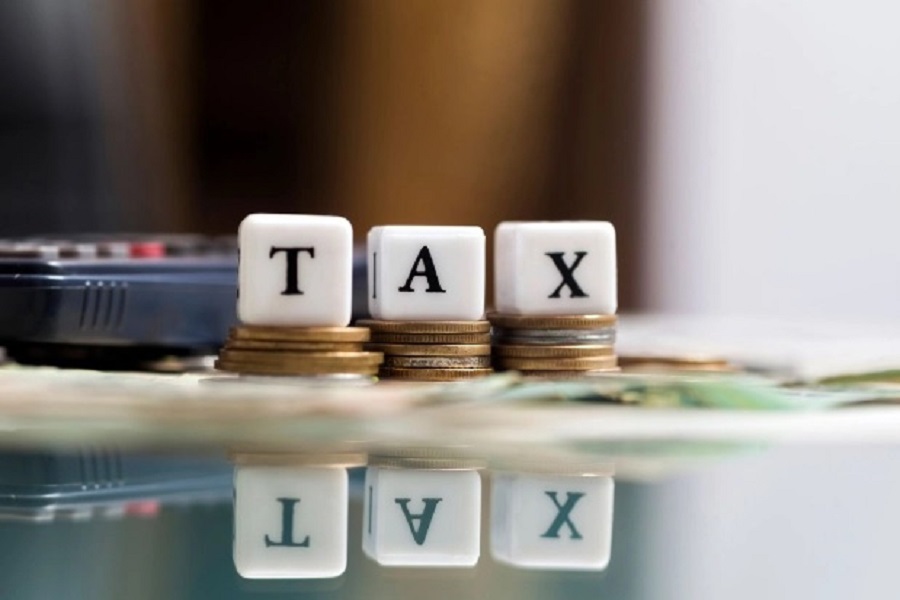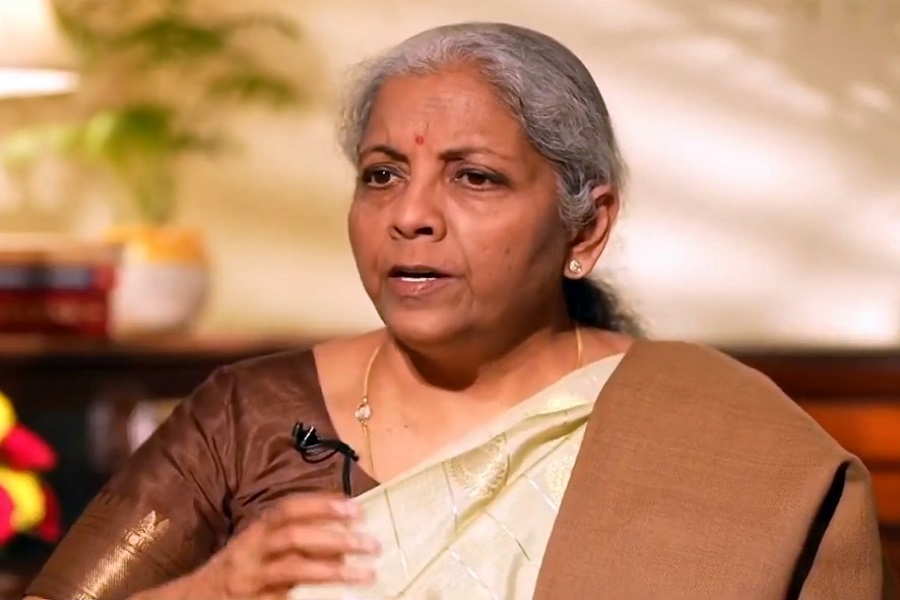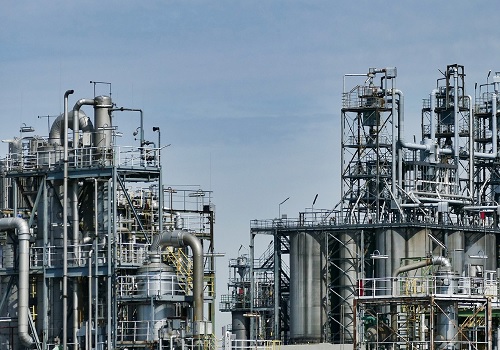The Economy Observer : India`s fiscal deficit likely to reach ~3.5% of GDP by FY31 By Motilal Oswal Financial Services Ltd
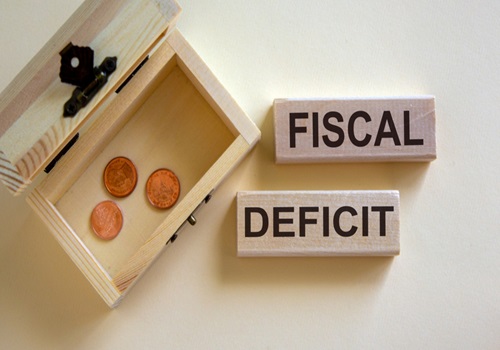
India’s fiscal deficit likely to reach ~3.5% of GDP by FY31
Contractionary impulse of fiscal spending may continue post-FY27
* Finance Minister, Nirmala Sitharaman, has set the course for fiscal consolidation in her Union Budget 2025-26, announcing a fiscal deficit of 4.8% of GDP for FY25, revised downward from the earlier estimate of 4.9%. Further, the FY26 deficit target has been set at 4.4% of GDP (vs. a broad market expectation of 4.5%), signaling a more aggressive approach towards debt reduction and macroeconomic stability (Exhibit 1).
* The Finance Minister has announced a new fiscal consolidation roadmap for the next six years, with the debt-to-GDP ratio as the fiscal anchor, moving away from the current practice of targeting fiscal deficit. Since the debt-to-GDP ratio is a function of fiscal deficit (i.e., interest payments and primary deficit) and nominal GDP growth, we discuss the likely fiscal deficit path of the central government based on its debt-to-GDP projections. This will also help us understand the likely growth in fiscal spending, and thus, its support to GDP growth over the next six years.
* The COVID-19 pandemic pushed the Center’s total outstanding debt to a 14-year high GDP of 60.7% in FY21, from 48.1% GDP in FY19. Since then, it has slowly moderated to 57.1% GDP in FY25RE and is budgeted to ease further to 56.1% in FY26BE (Exhibit 2). In the Union Budget 2025-26, the Government provides three possible cases – mild, moderate, and high – with three different nominal GDP growth rates – 10%, 10.5%, and 11% – over the next six years.
* What are the Government’s intentions? “…Sans any major macro-economic disruptive exogenous shock(s), and while keeping in mind potential growth trends and emergent development needs, the Government would endeavour to keep fiscal deficit in each year (from FY 2026-27 till FY 2030-31) such that the Central Government debt is on a declining path to attain a debt-to-GDP level of about 50±1 percent by 31st March 2031 (the last year of the 16th Finance Commission cycle)…”, stated the Union Budget 2025-26 (under the Statements of fiscal policy under the FRBM Act, 2003).
* Ideally, the incremental debt (difference between the debts over two periods) during the financial year should be equivalent to the fiscal deficit during the respective year. Nevertheless, because of off-budget transactions and some other adjustments, the Reported Fiscal Deficit (RFD) – used in the Budget documents – may be different from the debt accumulation during the year. Such differences, however, have reduced to almost negligible since FY21, when the GoI cleared its fiscal accounts and stopped off-budget spending through the Food Corporation of India (FCI), etc. (Exhibit 3). It also shows that the actual fiscal deficit in FY25 suggested by the incremental debt is likely much lower than RFD.
* Considering these recent improvements and better transparency in fiscal math since FY21, debt accumulation during the year is similar to the RFD in the Budget since FY21. Accordingly, we can use the roadmap for reducing the debt-to-GDP ratio of the central government – with different nominal GDP growth projections – to estimate the likely fiscal deficit over the next six years.
* What are the likely trajectories for the fiscal deficit? Under the moderate scenario, which we believe to be the base case for the Government, the fiscal deficit is projected to narrow to 3.5% of GDP by the end of FY31, compared to 4.4% of GDP in FY26BE, lower than the pre-COVID level (adjusted for FCI subsidies; Exhibit 4). This implies a cumulative reduction of 0.9 percentage point (pp) of GDP or about 0.2pp of GDP every year for the next five years from FY27. If the nominal GDP growth averages 10% during this period, the debt-to-GDP ratio will be 50.6% at the end of the period (Exhibit 5). At a higher average GDP growth of 10.5% and 11%, the debt-to-GDP ratio at the end of the period will be 49.7% and 48.8% of GDP, respectively.
* Under the mild scenario, the fiscal deficit trajectory will show slower progress. At 4% of GDP by the end of FY31, the Center’s debt-to-GDP ratio will be 50%/51%/52%, with average nominal GDP growth of 11%/10.5%/10%. Similarly, under the high scenario, lower debt-to-GDP ratio of 47.5%/48.4%/49.3% will yield a fiscal deficit of 3.1% of GDP in FY31 (Exhibits 6 and 7).
* Extending this analysis until FY40, we find that if the fiscal deficit-to-GDP ratio falls further to 3% of GDP by FY38 and stays there till FY40, the debt-to-GDP ratio of the central government can fall to ~40% of the GDP by FY40, assuming a nominal GDP growth rate of 10.5% over the next decade.
* What would be the corresponding support of fiscal spending to GDP growth? We believe that the new debt reduction target is achievable with the GoI’s commitment to fiscal prudence. However, a key risk of fiscal consolidation is slower fiscal spending growth, and thus, a drag on GDP growth. Based on the different trajectories of the debt-to-GDP ratio, fiscal deficit, nominal GDP growth, and tax buoyancy, one can derive the corresponding level of aggregate spending by the central government. We can also project the likely trajectory of primary spending over the next six years after excluding interest payments from total spending.
* Total spending by the Government grew at a CAGR of 10.7% during the post-COVID six-year period (FY20-FY26BE), slightly faster than the CAGR of 10% in the pre-COVID period (FY14-FY20, adjusted for the FCI subsidy). Assuming the moderate scenario of debt-to-GDP projections, with nominal GDP growth of 10.5% from FY27 and tax buoyancy of 1.1x (the same as in the past four years, FY23-FY26BE, but higher than 0.9x in the pre-COVID period), total spending growth could average 9.6% between FY27 and FY31. With an expected fiscal consolidation of only about 0.2pp of GDP from FY27, total spending is expected to grow between 8% and 10% during the five years from FY27. Assuming an average growth of 10% in interest payments per annum, it implies an average growth of 9.4% in primary spending over the next five years (up to FY31), slower than 10.3% in the pre-COVID period (Exhibit 8).
* It also suggests that while the majority of the sharp consolidation in fiscal deficit led by the pandemic will be over by FY26, government spending may fail to contribute significantly to GDP growth over the next few years. Total spending of the Government is likely to continue declining–albeit slowly–to 13.6% of GDP by FY30, compared to 14.2% of GDP in FY26BE. It will still be higher than ~13% of GDP in the pre-COVID years but lower than its post-liberalization peak of 16.4% of GDP in FY21. Similar trends will be seen in primary spending, which is projected to fall to 10% of GDP, lower than 10.6% of GDP in FY26BE but similar to pre-COVID levels (Exhibit 9).
* In contrast, if tax buoyancy improves further to 1.2x from FY27, spending growth could be similar to that in the preCOVID years.
* Overall, the central government’s goal to reduce the debt-to-GDP ratio to ~50% by FY31 (+/-1%) from 56.1% in FY26BE would likely require a cumulative reduction of 90bp in fiscal deficit during FY27-FY31, assuming an average nominal growth of 10.5% over the next six years. This roughly implies an annual reduction in fiscal deficit by 0.2pp of GDP between FY27 and FY31. Moreover, although the Government shifts to the debt-to-GDP ratio as its primary target, it retains the flexibility to record lower or higher debt ratio—and thus—fiscal deficit, based on GDP growth, as shown by the three different scenarios.
* Further, assuming tax buoyancy of 1.1x since FY27, the same as in the past few years (and much better than the preCOVID years), the contractionary impulse of a narrowing fiscal deficit will continue, limiting the Government’s ability to support GDP growth. However, better tax buoyancy (or the high-case scenario with a higher debt-to-GDP) may drive higher spending growth.
For More Research Reports : Click Here
For More Motilal Oswal Securities Ltd Disclaimer
http://www.motilaloswal.com/MOSLdisclaimer/disclaimer.html
SEBI Registration number is INH000000412

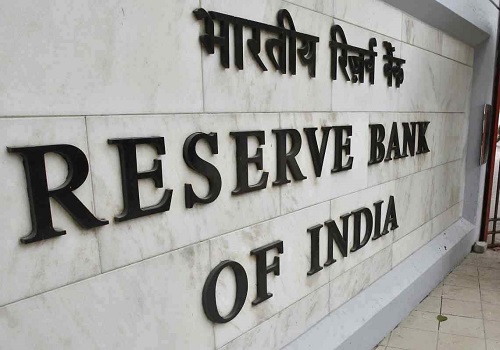









More News
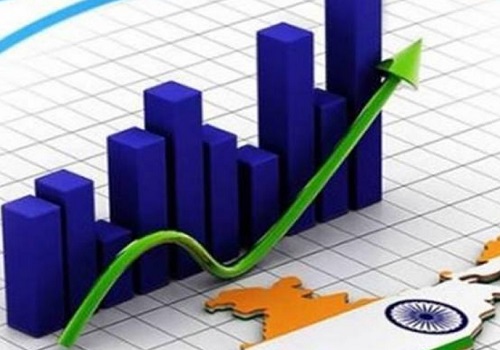
The Economy Observer : Nov`24 IIP improves to a six-month high of 5.2% by Motilal Oswal Fina...


